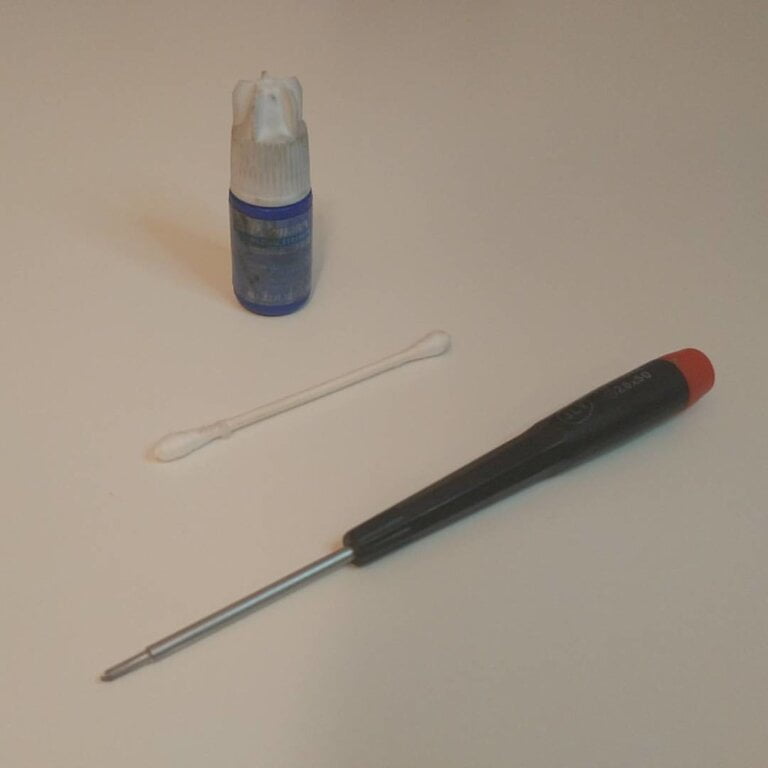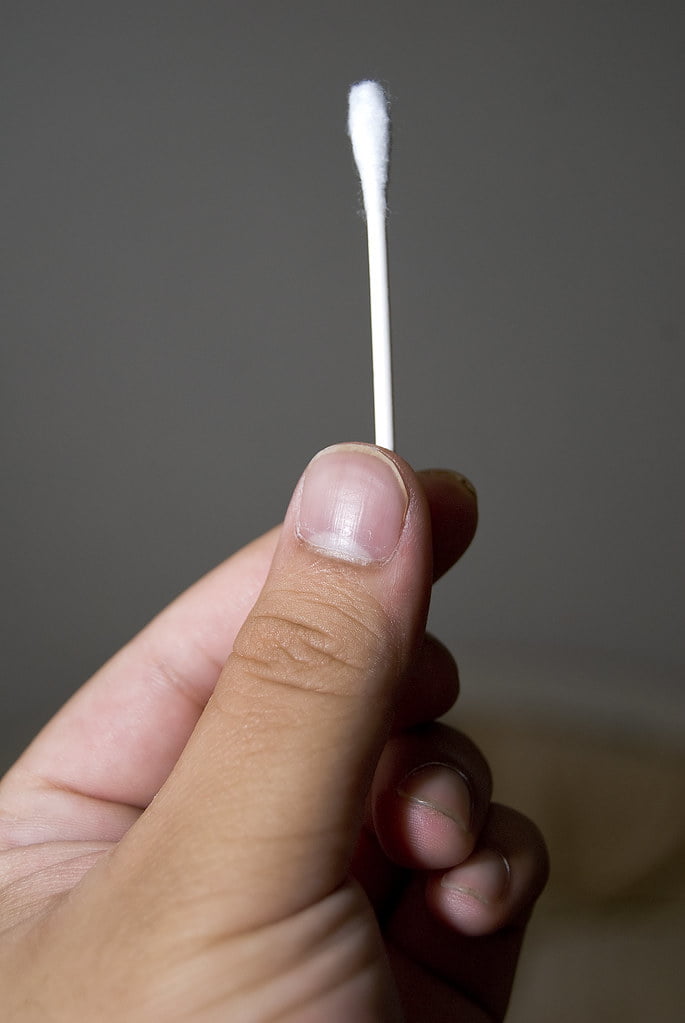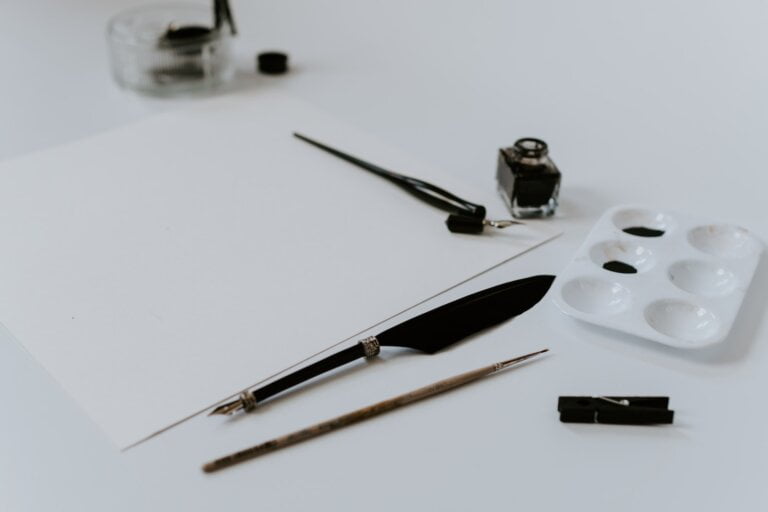Ear Anatomy 101: Essential Knowledge for Grasping Basic Ear Structure
Last Updated on 3rd May 2024 by Admin
The human ear is a fascinating and complex organ responsible for our ability to hear and maintain balance. Understanding the basic structure and function of the ear is essential in comprehending how we perceive sound and maintain equilibrium. In this article, we will delve into the intricacies of ear anatomy, exploring each component and its role in our auditory perception.
The External Ear
The external ear, also known as the auricle or pinna, is the visible part of the ear attached to the side of our head. It serves as a funnel, directing sound waves into the ear canal. The shape and position of the auricle help in collecting and localizing sounds. It is composed of cartilage covered with skin, and its unique folds and ridges contribute to our ability to detect and differentiate various sound frequencies.
The Ear Canal
The ear canal, also called the external auditory canal, is a narrow passage that leads from the auricle to the middle ear. It is approximately 2.5 centimeters in length and is lined with special glands that produce earwax, known as cerumen. Earwax plays a crucial role in protecting the ear canal by trapping dust, debris, and bacteria, preventing them from reaching the delicate structures within the ear.
- The ear canal is not just a simple tube; it is a complex structure that serves multiple functions in addition to sound conduction. It helps in maintaining the temperature and humidity of the middle ear, which is essential for optimal hearing.
- The ear canal has a natural curvature that helps to enhance the localization of sounds. This curvature acts as a natural amplifier, focusing sound waves towards the eardrum.
- The ear canal is lined with hair follicles and small ceruminous glands that produce cerumen. Cerumen acts as a protective barrier, preventing the entry of foreign particles and microorganisms, and also lubricates the ear canal.
The Middle Ear
Located between the external and inner ear, the middle ear is an air-filled cavity that houses three small bones, collectively known as the ossicles. These bones are named the malleus (hammer), incus (anvil), and stapes (stirrup) due to their distinctive shapes. The middle ear plays a vital role in amplifying sound and transmitting it to the inner ear.
The Eardrum
At the end of the ear canal lies the eardrum, scientifically known as the tympanic membrane. It separates the external ear from the middle ear and acts as a barrier that vibrates when sound waves strike it. These vibrations are then transmitted to the ossicles, initiating the process of sound amplification.
- The eardrum is a thin, cone-shaped membrane composed of three layers: an outer layer of skin, a middle layer of connective tissue, and an inner layer of mucous membrane. These layers work together to transmit sound vibrations effectively.
- The eardrum is highly sensitive and can detect even the slightest changes in air pressure. It responds to sound waves by vibrating at different frequencies, depending on the pitch and intensity of the sound.
- In addition to its role in sound transmission, the eardrum also acts as a protective barrier, preventing foreign objects from entering the middle ear.
The Ossicles
The three ossicles of the middle ear work together to transmit sound from the eardrum to the inner ear. The malleus is attached to the eardrum and receives the vibrations, which are then passed on to the incus. Finally, the incus transfers the vibrations to the stapes, which connects to the inner ear.
- The ossicles play a crucial role in amplifying sound. The malleus, incus, and stapes work as a mechanical lever system, increasing the intensity of sound vibrations before they reach the inner ear.
- The ossicles are the smallest bones in the human body, and their precise movements are essential for efficient sound transmission. Any disruption or damage to these bones can result in hearing loss or impairment.
- The unique shape and arrangement of the ossicles contribute to their ability to transmit sound efficiently. They are designed to maximize the transfer of vibrations from the eardrum to the fluid-filled cochlea in the inner ear.
The Eustachian Tube
The middle ear is connected to the back of the throat by a narrow passage called the Eustachian tube. This tube helps equalize the air pressure on both sides of the eardrum, ensuring optimal hearing and preventing discomfort, especially during changes in altitude or when experiencing congestion due to a cold or allergies.
- The Eustachian tube serves as a pressure equalization valve, allowing air to enter or exit the middle ear to maintain equal pressure with the external environment. This function is crucial for normal hearing and preventing the eardrum from becoming stretched or damaged.
- The Eustachian tube is normally closed but opens during activities such as swallowing, yawning, or chewing. This opening allows air to flow in and out, equalizing the pressure in the middle ear.
- Dysfunction of the Eustachian tube, such as blockage or failure to open properly, can lead to a condition called Eustachian tube dysfunction, resulting in symptoms like ear pain, muffled hearing, and a feeling of fullness in the ear.
The Inner Ear
The inner ear, also known as the labyrinth, is a complex structure responsible for converting sound waves into electrical signals and transmitting them to the brain for interpretation. It is also crucial for maintaining balance and spatial orientation.
The Cochlea
The cochlea, shaped like a spiral, is the main sensory organ in the inner ear for hearing. It contains thousands of tiny hair cells and fluid-filled canals that help convert sound vibrations into electrical signals. These signals are then sent to the brain via the auditory nerve, allowing us to perceive and interpret sound.
- The cochlea is divided into three fluid-filled compartments that run along its length: the scala vestibuli, scala media, and scala tympani. These compartments play a vital role in the transduction of sound.
- Inside the cochlea, the hair cells are responsible for converting mechanical vibrations into electrical signals. When sound vibrations enter the cochlea, they cause the fluid within the cochlear canals to move, stimulating the hair cells and initiating the process of hearing.
- The hair cells in the cochlea are arranged in a specific pattern that allows for the detection of different frequencies of sound. High-frequency sounds stimulate the hair cells near the base of the cochlea, while low-frequency sounds stimulate the hair cells near the apex.
The Vestibular System
The inner ear also houses the vestibular system, which is responsible for maintaining balance and spatial orientation. It consists of three semicircular canals and the otolith organs, known as the utricle and saccule. These structures detect changes in head position and movement, sending signals to the brain to help us stay balanced and coordinate our movements.
- The semicircular canals are fluid-filled tubes positioned at different angles, allowing them to detect rotational movements of the head. When the head moves, the fluid within the canals also moves, stimulating hair cells and providing information about the direction and speed of movement.
- The utricle and saccule, located within the vestibule of the inner ear, detect linear movements and changes in head position relative to gravity. They contain tiny calcium carbonate crystals called otoliths, which move in response to gravity and head movements, stimulating hair cells and providing information about our orientation in space.
- The vestibular system works in conjunction with visual cues and proprioception (awareness of body position) to maintain balance and coordinate movements. Dysfunction of the vestibular system can lead to symptoms such as dizziness, vertigo, and loss of balance.
Conclusion
Understanding the anatomy of the ear is fundamental to comprehending the intricate processes involved in hearing and maintaining balance. From the external ear’s role in sound collection to the inner ear’s conversion of sound waves into electrical signals, each component plays a vital part. The next time you marvel at your ability to enjoy music or maintain your balance, remember the remarkable complexities of the ear’s structure that make it all possible.
FAQ
1. What is the external ear and what is its function?
The external ear, also known as the auricle or pinna, is the visible part of the ear attached to the side of our head. Its function is to collect and localize sounds, directing sound waves into the ear canal.
2. What is the role of the ear canal?
The ear canal, also called the external auditory canal, is a narrow passage that leads from the auricle to the middle ear. Its role is to conduct sound waves, maintain the temperature and humidity of the middle ear, and produce earwax for protection.
3. What are the ossicles and what is their function?
The ossicles are three small bones in the middle ear: the malleus (hammer), incus (anvil), and stapes (stirrup). Their function is to amplify sound vibrations and transmit them from the eardrum to the inner ear.
4. What is the vestibular system and what is its purpose?
The vestibular system is responsible for maintaining balance and spatial orientation. It consists of the semicircular canals and the otolith organs (utricle and saccule), which detect head movements and provide information to the brain for coordination of movements.







